DESIGN BRIEF
Background
In a city there is a certain “Surplus of Potential” within individual interactions with the inhabitants, the physical environment, and how we choose to participate in our own social environment. An urban environment offers this potential through elements of uncontrollability, surprise, and opportunity. When we live in a city, all of these characteristics create an environment that we are not able to understand all at once, so we begin to slowly familiarize ourselves with our surroundings. Through these discoveries we begin to create our personal identity in relation to our environment.
Objective
Define the relationship between self and environment based on the “Surplus of Potential” offered by an urban city. How do familiar walking paths introduce us to our surroundings and create a personal milieu or identity?
Values
The User must have a desire to understand and interact and familiarize themselves with their environment. As the designer, it is important to me that the User discovers something about themselves through the experience. A sense of optimism and wonder is important to me. A guarantee of safety may be infeasible because the urban environment may be unpredictable by definition.
User
Any inhabitants of a city with specific focus on people new to an area.
Setting
Salt Lake City, No particular time restraint, however, the day time may offer greater discovery because more people will be publicly active in the city.
Other Parameters
Walking as the method of navigation
Research
I began my process with research on the urban environment as a story-telling tool, how experience and places are made, and how altering an environment affects a persons experience. This, along with the discovery of successful precedents in the fields of urban exploration provided me with jumping-off points to design my experience. Below is a organization of my research and precedents that inform the experience I was aiming to create.
Creating Meaning From The Meaningless
An Exploration in Abstraction
Drawing out the experience without literal representation of the experience. Challenging instinctual reactions to visual understanding. This exploration proved useful in creating the graphic language of the experience.
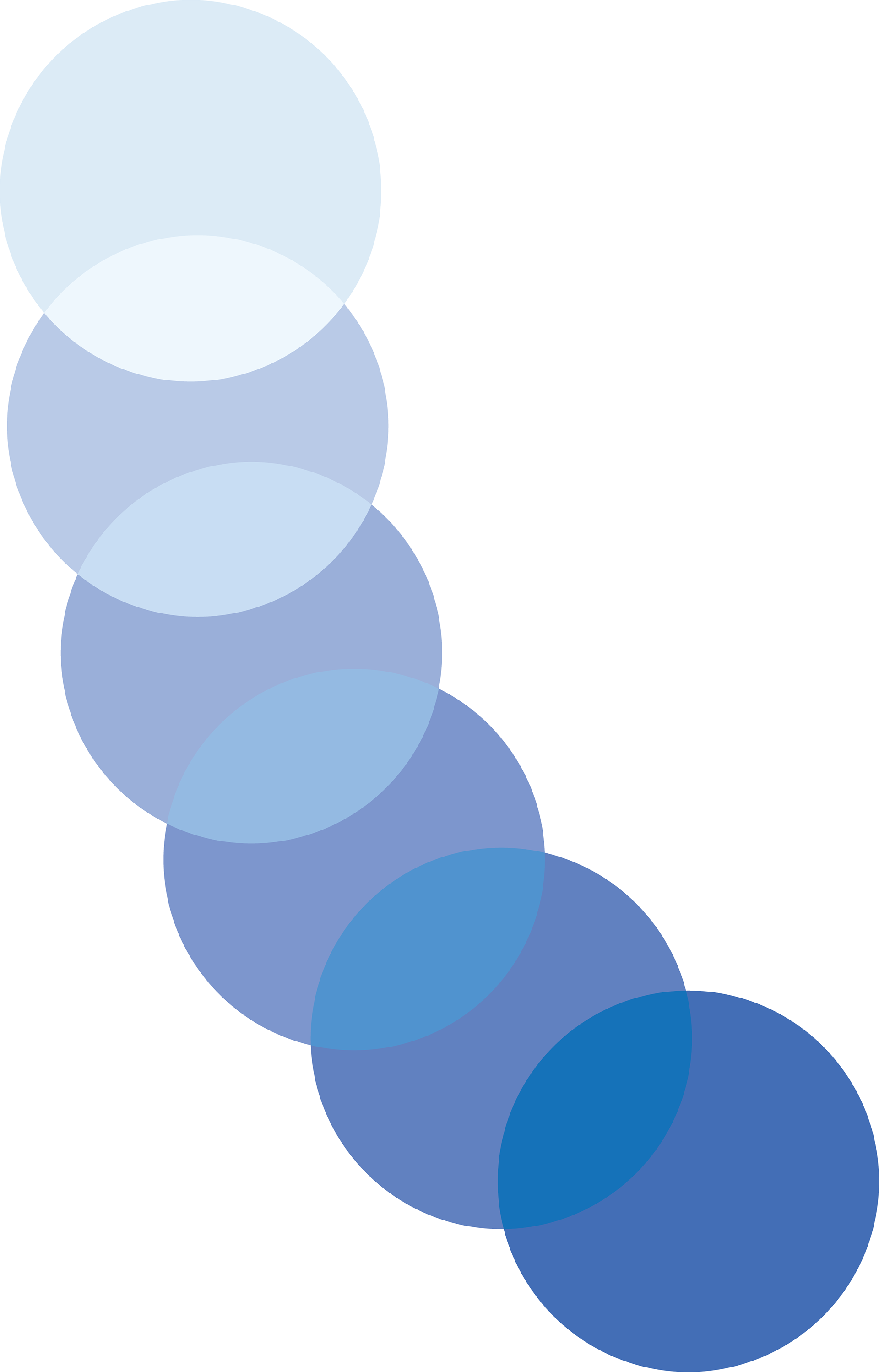

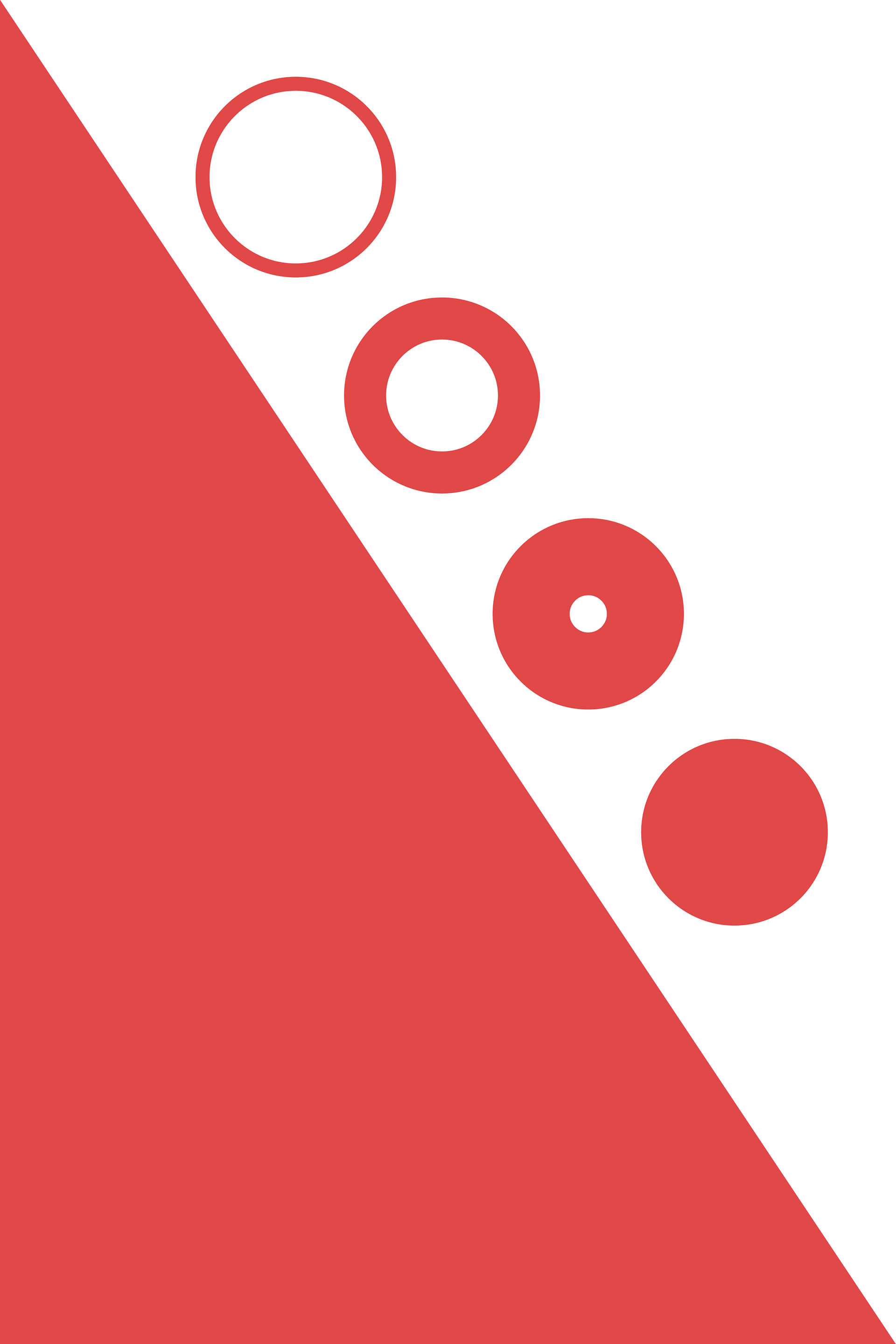
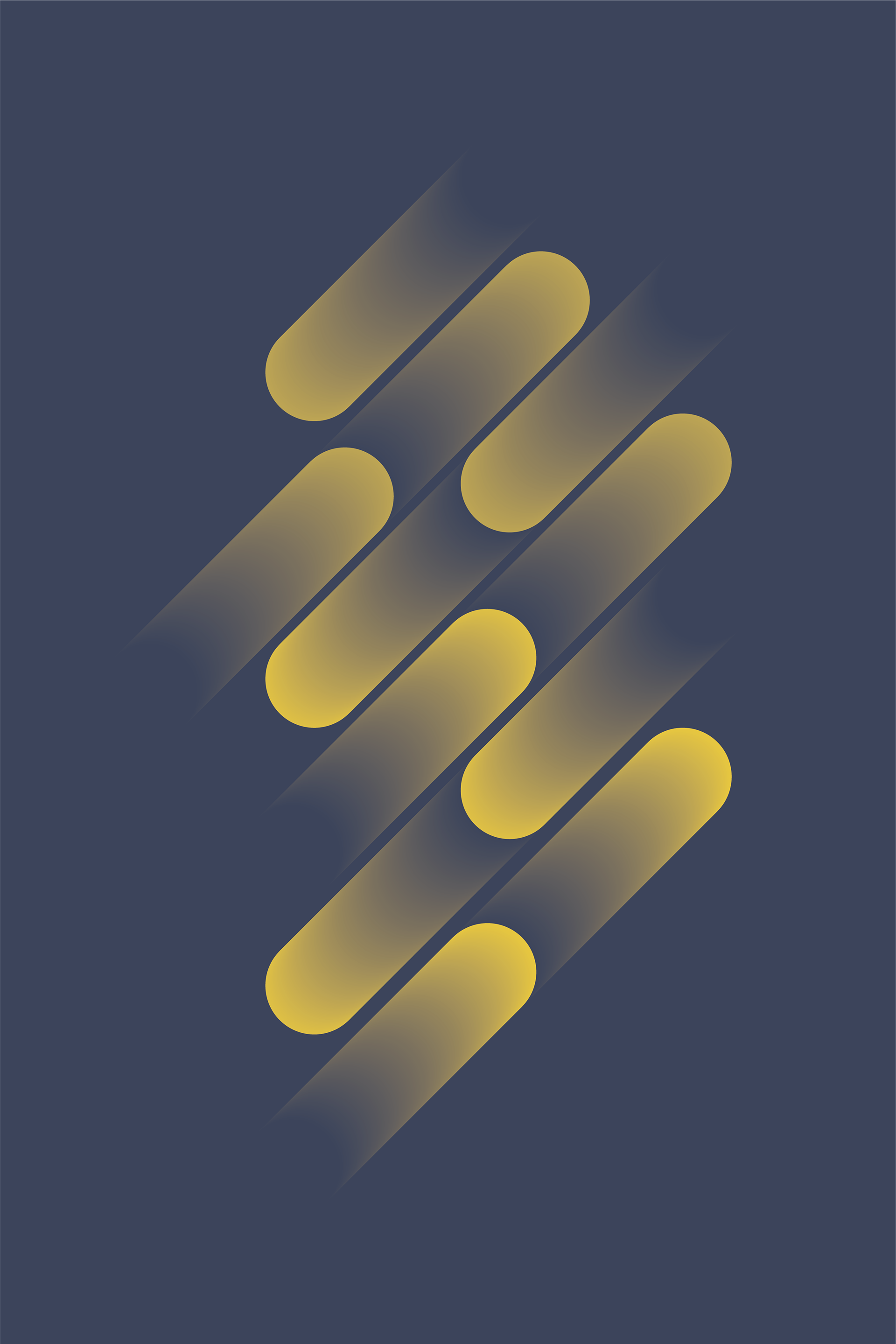
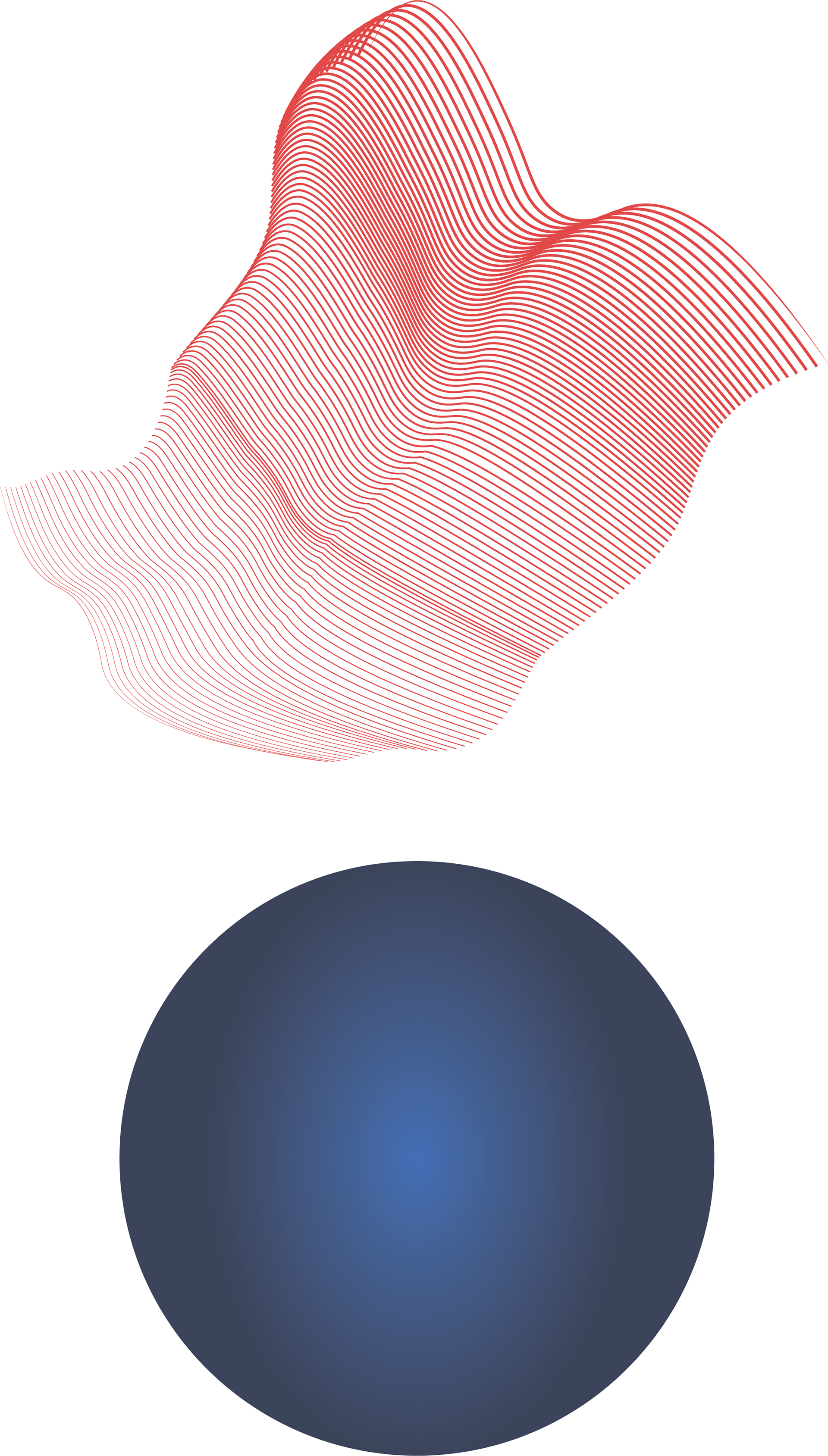
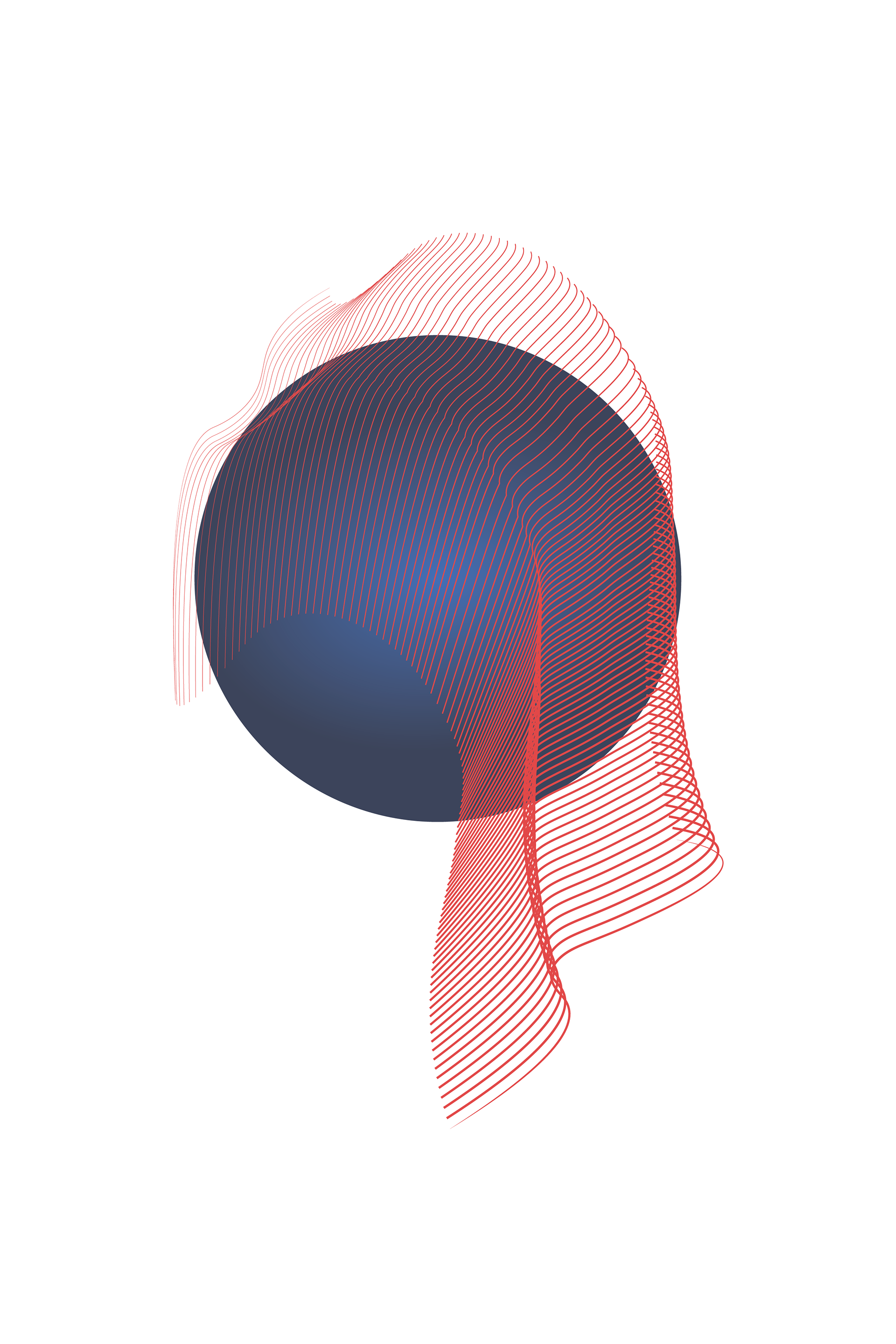
The Mark
After exploring different directions of abstraction and marks, I landed here with a arrow collection that offers the "potential" of choice. This mark gestures to the industrial highway markings found in most urban environments. And yes, thats Osha certified yellow.
The Experience
Based off my discoveries and research I decided that by doing something without reason, one may find meaning. By altering your environment or exploring your environment in a new way, you can find meaning through a different way of experiencing environment. This is something that I have found common in my past city explorations and at this point I aimed to find a way of sharing this with others.
The exercise I documented explores how familiar walking paths introduce us to ur surroundings and create our personal milieu. A sense of wonder and opportunity along with 1,000 ft of power extension cords push the participant to a final setting, an overlook to where they once traveled with the familiar recognized in hindsight. This experience supports an idea of creating meaning from the meaningless as it leaves the participant to decide for themselves, the value of experience.
The Artifact
The means of accessing the experience. After documenting my experience in my city environment I again checked against my brief and decided the final piece of this project was a way for others to contribute their own story. My research in place-making explains the importance of collaboration when creating meaningful spaces. I decided to find this collaboration through offering an invitation to contribute. This invitation was actualized through multiple print and graphic material as well as an opportunity to upload documentation to a bi-annual online curation of experiences.
The pocket-sized artifact. This graphic communication outlines a quick brief of the project and includes the ideas of inspiration. Using a foldable pocket book I was able to mass-produce and distribute the project in an engaging way. The print acts as a booklet and a poster as shown below.
conclusion
By creating these opportunities for collaboration the project grew into a more inclusive and unpredictable experience as people find different meanings in their cities. Just like a city, the uncontrollable, surprising aspects of the users findings contribute to the potential of this platform. Identity is found here through the personal touch each person attaches to their story.